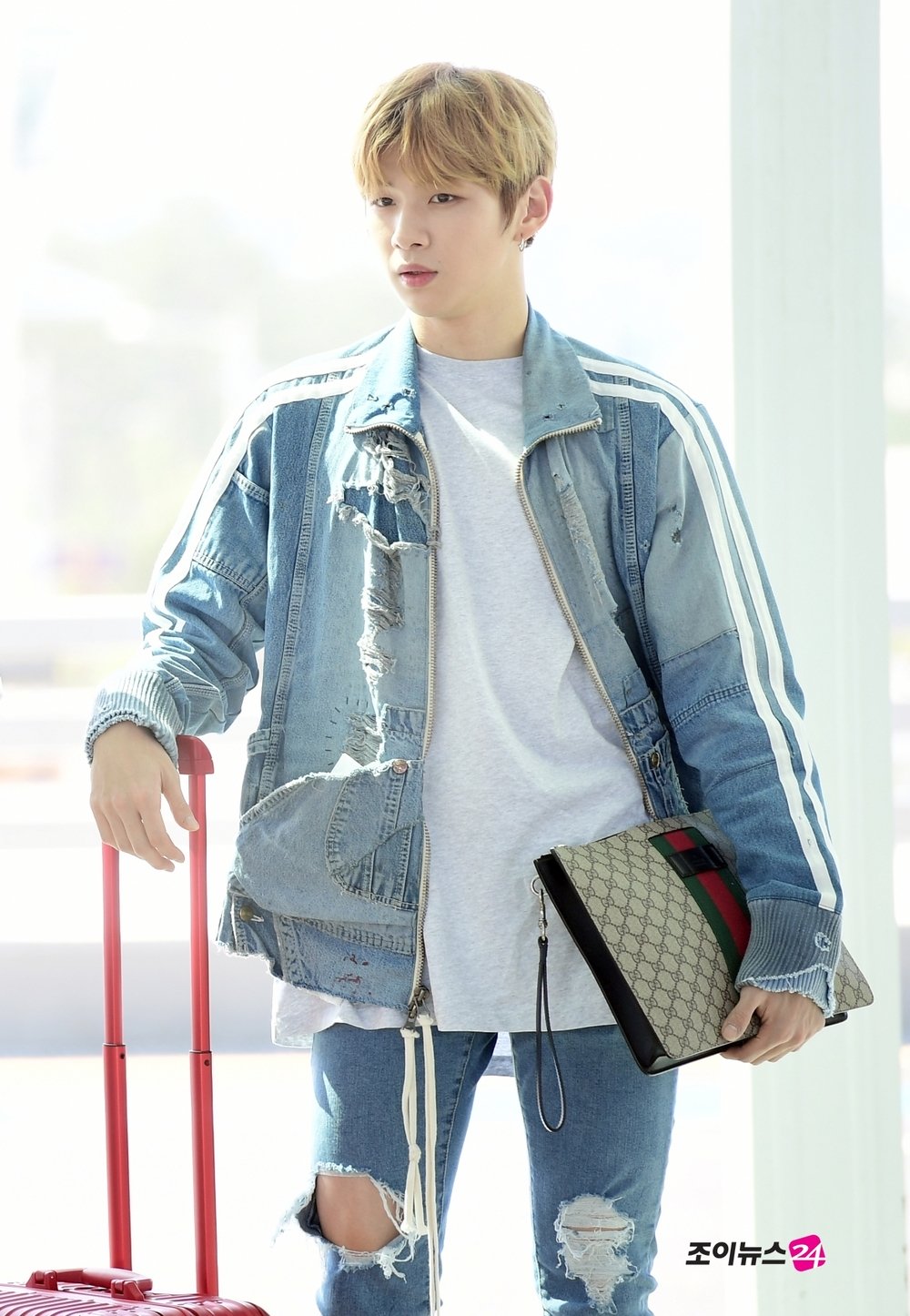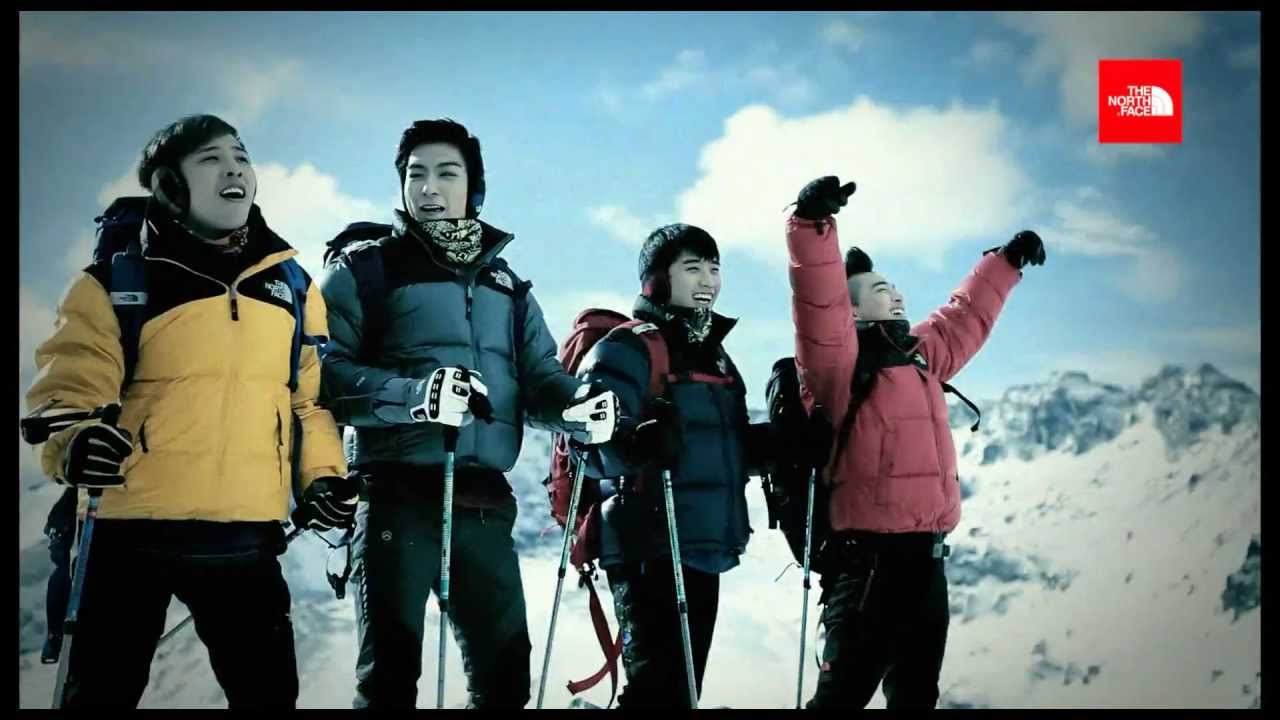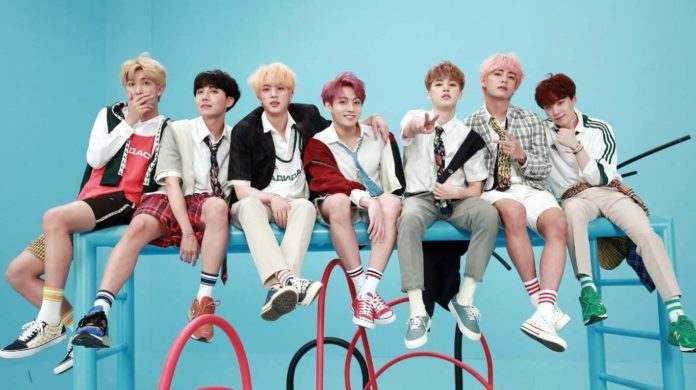Very excited to host this piece on K-pop’s global fashion influence written by Colombian blogger and college student Guillermo Forero. This piece was originally published in Spanish on his blog Motica.co and he graciously translated it into English. ATC is proud of and grateful for his work.
I was impressed with how wide and thoughtful Guillermo’s social scope was in his Motica articles on various fashion-related topics. Hopefully, this isn’t the last time this wonderful writer appears on ATC.
Without further ado, dive in!
-Zander
A couple of months ago I was walking in Mexico City in search of the famous Zócalo while enjoying the architecture of the place we were passing through: the Museum of Tolerance.
I remember meeting up with my girlfriend and a friend when heads full of color suddenly appeared, moving to the sound of songs in a language I didn’t know. After spending some time watching their movements as we walked, I realized these were the “K-popers” my girlfriend told me about, devoted fans of the beloved Korean musical genre K-pop. The bond between K-popers seems to start and end with shared love for the music and artists rather than shared ideals or beliefs. But clearly it’s all they need to get together.
Given my surprise at Latin Americans dancing and dressing based on a culture as distant as Korean culture, I decided to ask myself a question: how much influence has K-pop had on the West?
In addition to that question, I began to ask whether the K-pop movement could be influencing other areas of life such as our fashion. After all, how can we not expect a worldwide phenomenon to influence what we wear when it even determines the colors we use or even motivates us to make use of signs that identify us to a certain group?
The Korean wave or Hallyu
The Hallyu concept is used to explain the expansion of Korean pop culture and entertainment to the rest of the world. This was done through television, films—particularly K-dramas and K-horrors—and music, in which K-pop enters.
The term was first used by a Chinese newspaper in the late 1990s to explain the influence of Korean pop culture that was growing in the country. In its beginnings, the expansion went to nearby countries like Japan and China, but as my own experience indicates, it is already something we can find in cultures as distant as those found in Latin America.
On the other hand, there is one element that is as important or perhaps even more so than the quality of the productions themselves: the state support received by the entertainment industry in South Korea.
In the late 1990s, the Minister of Culture asked the government for greater economic support in order to foster the growth of the Korean cultural industry, including the genre known as K-pop. The quality of Korean production and K-pop works provided the perfect stage for its expansion around the world.
What is K-pop?
The influence of all these musical genres and resistance movements of the West modeled the change in traditional Korean dress and likewise, the beginning of K-pop itself.
Having understood how Korean culture has been expanding towards the West, it is time to focus on the musical side, K-pop.
The term K-pop refers to a group of musical genres that make up the well-known Korean pop. I catalogue K-pop as a mother genre and not as a single genre because K-pop brings together diverse musical styles such as dance, R&B, and hip hop. In this way, it appeals to an audience with different musical tastes that are willing to appreciate the beauty of the show that sometimes opacifies the music.
K-pop groups—like some Asian designers—began to implement characteristic elements of more “daring” musical genres such as punk: a movement that would have great acceptance in 1980s Korean bands due to its proposal to go against the conservative. Garments worn for conservative looks would be replaced by extravagant accessories, miniskirts and longer hair.
The influence of all these musical genres and resistance movements of the West modeled the change in traditional Korean dress and likewise, the beginning of K-pop itself.
Little by little the resistance movements against the conventional were strengthened until the group Seo Taiji and Boys reached the mainstream in 1990. The group made their foreign cultural influences an intentional part of their presentation via the introduction of genres such as hip hop, rock and techno in their music. The appearance of this Korean group would mark the formal beginning of the current K-pop generation that, unlike the past versions of the genre, would count on Hallyu as the main propagation mechanism.
K-pop is so popular in the world that its artists, led by bands such as BTS, NCT, and BLACKPINK, represent more than 3.6 trillion dollars a year of the economy’s GDP. It has become a monster that affects several spheres of the economy. Bringing BTS back, a study from the Hyundai Research Institute found that this group is the reason one in thirteen people visited the country in 2017. Now, he adds groups like SHINee, Girls’ Generation and BIGBANG that for many years have been making Korea one of the world’s entertainment centers.
Influence of K-pop on fashion
Considering events like Hallyu and how important it has been in the expansion of K-pop around the world, let’s talk about the influence that K-pop has had on fashion. After all, K-pop has become the biggest fashion competition to Harajuku when it comes to Asian fashion stages.
If I must be rigorous about it, in terms of exposure, K-pop currently has more notoriety as a scene of fashion than Harajuku. If there is one thing I want to rescue with respect to the fashion promulgated by K-pop, it is its inclusive discourse that encourages personal expression. A discourse that, as we already know, had its beginnings in the rebellious Korean youth movements of the last century.
Thanks to the Korean wave and the growth of K-pop idols, the country was attracting global investors who would insert fashion in concerts and television series. To make matters worse, the same publishers and fashion brands have decided to localize their advertising efforts to capture this market niche and take advantage of the same hyper-consumerist characteristic of Koreans.
It’s not uncommon to see K-pop idols wearing extravagant outfits along with accessories and colors that support this look. From what I’ve been able to appreciate, all musicians have an insignia style that they show on stage, but also off it. Today, there are television programs and editorials devoted exclusively to airport fashion because of the frequency in which idols travel around Asia.

A place that many people attend in the most comfortable way possible ends up becoming a catwalk for the stars. That’s why these Korean artists are so important to the fashion industry. The exposure they can generate to their fashion pieces is not limited to the show but also to their day to day. It’s not unusual to see brands like Givenchy, Prada or Phillip Lim sponsoring these types of artists in order to penetrate the Korean market.
For this reason, K-pop idols wear carefully selected clothing by stylists when traveling in order to encourage the purchase of a style or brand. This group of stylists ends up being so important that they get travel with the idols. Due to the continuous changes of fashion concepts in the industry, the team of stylists work to balance the preferences of idols with shifting trends.
That previous detail seemed quite curious to me given the lack of autonomy that the artists seem to have within the Korean entertainment industry. To be honest, the strict transformation process by which they are subjected means that machines are being made, not people. However, it is comforting to see that when they reach the “top” they may have a greater voice and opinion on issues such as clothing.
In any case, given the importance of the visual, aesthetic and eye-catching presentations and clothing, international brands have opened their doors to these artists. As a result, international brands have established themselves as more important sponsors of the entertainment sector than Korean designers themselves. By way of example, the BIGBANG group has managed to promote important world brands such as FILA, Uniqlo and The North Face.

Brand promotion is not limited to shows or airports. There are idols with greater recognition than others in both the world of K-pop and fashion who manage to win more individual sponsorship contracts. G-Dragon of BIGBANG and SeoHyun of Girls’ Generation are of this type of idols that in their moment represented Korea in events like the London Fashion Week or the Paris Fashion Week.
During these dates, the selection of garments was diverse. They wore popular Western brands such as Burberry, but also less recognized brands such as Junya Watanabe. All this promotion in order to attract the attention of both the fashion-loving people who follow K-pop, and that group of people who are closest to being called “obsessed with it.”
Conclusions
Hallyu is a phenomenon with a global impact that is increasingly being materialized in more corners of the world. One of its most successful methods both in terms of scope and profitability for the country has been the K-pop.
This genre, sub-genre or mother genre as we call it here, has managed to become a world reference of Korean culture and has curiously destroyed any language barrier imposed on the world between Korea and the West.
Personally, I am excited to see the presence of cultures with less textile tradition being part of this world of fashion. Today, not only is K-pop influencing the way we dress and the music we listen to every day, but also Asian entertainment industries such as anime are increasingly entering these sectors.
After reading this, tell us: do you think your personal style or that of your acquaintances has been influenced by K-pop in any way?

[…] The influence of K-pop in fashion BTS Names The “Style Heroes” Who Influence Their Fashion And Their Lives […]
[…] concert style. This way they can show people outfits they can relate to a lot more. This article by Across the Culture could not have explained trends […]
Could you plz let me see this article it’s for a project I’m working on plz do get back to me